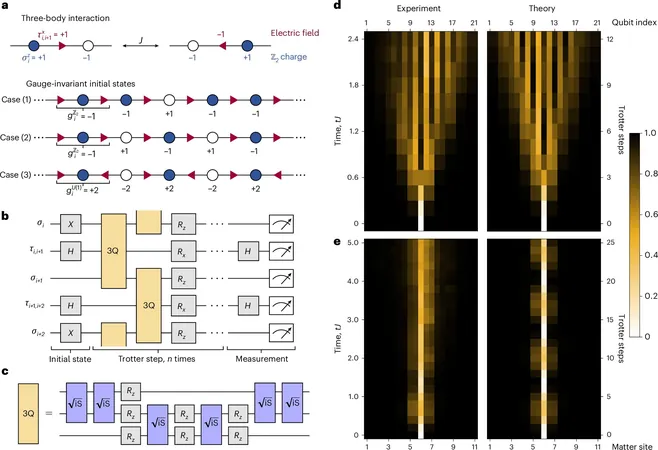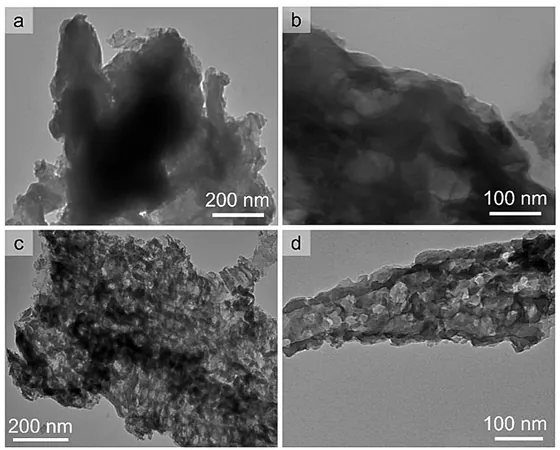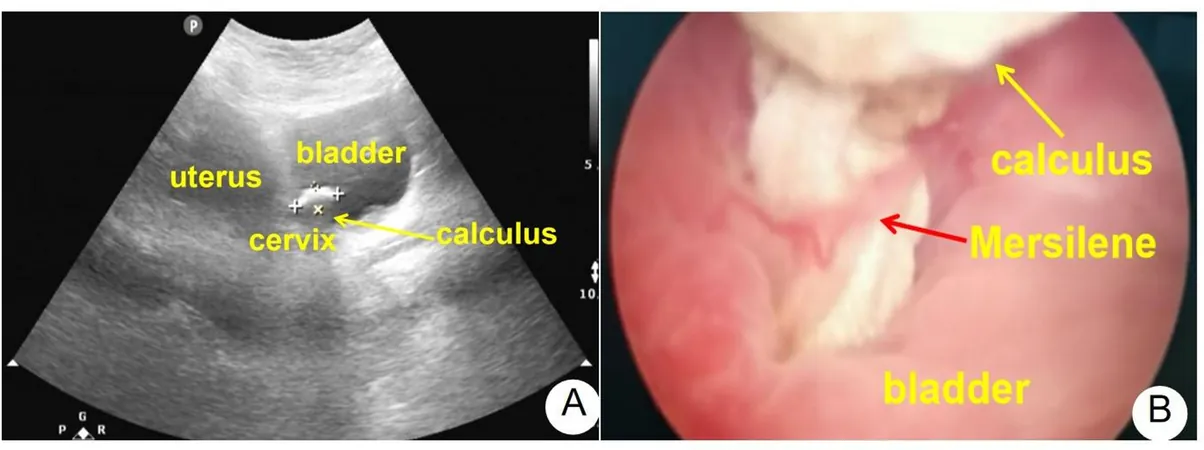
Breakthrough in Lattice Gauge Theory: Quantum Computers Unlock New Scientific Frontiers
2025-01-13
Author: Jia
Introduction
In the ever-evolving landscape of science, the pursuit for enhanced computational power has taken a groundbreaking turn with the advent of quantum computing. These remarkable machines leverage unique quantum properties, such as superposition and entanglement, to execute calculations that surpass the capabilities of conventional computers.
Collaborative Effort
A significant advancement in this field has emerged from a collaborative effort led by the Department of Physics at the University of Trento, which recently harnessed the power of Google's Quantum Artificial Intelligence Lab in California to explore the complexities of lattice gauge theory. Their pioneering findings were published in the prestigious journal *Nature Physics*, marking a pivotal moment in bridging quantum mechanics and particle physics.
Understanding Gauge Theories
Gauge theories, which underpin the fundamental forces of the universe as described by the Standard Model of particle physics, are crucial not only for understanding particle interactions but also for insights into condensed matter systems. These theories involve local gauge constraints influencing the behaviors of fundamental particles—an area that remains shrouded in mystery.
Professor Hauke's Insights
Professor Philipp Hauke, a theoretical physicist at UniTrento and principal author of the study, elaborated on how this collaboration came to fruition: "At the end of 2019, Google issued a call for innovative projects aimed at exploring quantum computing capabilities. We were fortunate to be one of only eight winners selected globally, and uniquely, the sole representative from the European Union."
Focus on Lattice Gauge Theory
The focus of their research is lattice gauge theory, which simplifies the continuous fabric of spacetime into a structured hypercubic lattice. This model investigates how elementary particles like electrons and positrons interact, and, looking ahead, how quarks and gluons collaborate to form the building blocks of matter.
Quantum vs Classical Computing
By crafting a specialized algorithm that was executed on Google's state-of-the-art quantum systems, the team was able to conduct remote computations that would have been impossible with traditional binary-based computers. Unlike the classical systems that handle a maximum of around 40 particles, quantum resources have the potential to handle enormously larger systems, exponentially increasing the scope of inquiry.
The Future of Physics
"To put it into perspective," adds Hauke, "classical computing methods are fundamentally limited, whereas quantum computers can potentially simulate many more particles simultaneously. This research represents a cutting-edge intersection of fundamental physics and engineering, pushing the boundaries of what we thought was computationally achievable."
Conclusion
As the world watches with bated breath, this research not only opens new avenues in lattice gauge theory but could also revolutionize our understanding of the universe's fundamental principles. The collaboration between academia and tech giants like Google exemplifies the potential of quantum computing to unravel the enigmas of particle physics—leading to potentially transformative discoveries in science and technology. Don't miss out on how these advancements could shape the future of physics! Stay tuned for more updates!





 Brasil (PT)
Brasil (PT)
 Canada (EN)
Canada (EN)
 Chile (ES)
Chile (ES)
 Česko (CS)
Česko (CS)
 대한민국 (KO)
대한민국 (KO)
 España (ES)
España (ES)
 France (FR)
France (FR)
 Hong Kong (EN)
Hong Kong (EN)
 Italia (IT)
Italia (IT)
 日本 (JA)
日本 (JA)
 Magyarország (HU)
Magyarország (HU)
 Norge (NO)
Norge (NO)
 Polska (PL)
Polska (PL)
 Schweiz (DE)
Schweiz (DE)
 Singapore (EN)
Singapore (EN)
 Sverige (SV)
Sverige (SV)
 Suomi (FI)
Suomi (FI)
 Türkiye (TR)
Türkiye (TR)
 الإمارات العربية المتحدة (AR)
الإمارات العربية المتحدة (AR)